Do Not Resuscitate /
Urban Exploration Photography
D.N.R

Structure
Commissioned in 1976 and decommissioned in 2007.
When it was completed in 1972 the Power Station Chimney was the tallest manmade structure in New Zealand, standing 198 metres above ground level. It contains 16,400 tonnes of concrete, 1200 tonnes of reinforcing steel and almost one million bricks.
The main structure of the chimney is a 90 foot (ft) diameter reinforced concrete windshield which contains five 11 ft diameter flues made of bricks, laid at the rate of 10,000 per day, supported by steel platforms at regular intervals throughout the height of the chimney.
Slipforming of the windshield commenced in February 1971 and, with the exception of one interruption, was completed as a continuous concrete pour at an average rate of five inches per hour. The work was carried out as a design and build contract.
The power station project commenced in the 1960s, to meet rising electricity demand in New Zealand. Initially, fuel for this power station was to be coal, barged up from the West Coast, and the Port Taranaki site was chosen ahead of one at Wanganui. During early stages of the project, the Maui gas field was discovered off Taranaki. The plant design was changed to be dual fuel on either natural gas or heavy fuel oil.
The first unit was commissioned in February 1974, with the fifth unit coming on line in 1976. For the first few years, the plant ran on raw Kapuni gas, converting to Maui gas in 1979.
The fuel oil capability was decommissioned in 1991, and reinstated in 2003.
Plant operation generally decreased from 1999, after the more efficient Otahuhu combined cycle power station was commissioned. However, the New Zealand power system derives over 60% of its electricity supply from hydro power stations and depends heavily on rainfall. NPPS has often played a vital role in dry years (such as 2001 and 2003), when hydro lake inflows were insufficient to meet demand.
Discovery of asbestos, not in an asbestos register, in thermal insulation during 2007 led to the decision by Contact Energy to close the power station.
In May 2008, one 100 MW unit (unit 3) was temporarily recommissioned. This was in response to a nation-wide electricity generation shortfall resulting from low hydro lake levels.[1] This unit was shut down for decommissioning in December 2008.
The plant has been owned and operated (in turn) by NZED, NZE, ECNZ and Contact Energy.
Plant
The power station comprised five identical units, each rated at 120 MW. The boilers were provided by ICL of Derby UK, and the steam turbines were by C A Parsons of Newcastle, UK.[2]
The boilers are balanced draught with tilting burners mounted in the corners of the furnace. Each boiler produces 376 tonnes/hour of steam at 120 bar and 538°C, with one stage of reheat to 538°C.
The steam turbines are 3000 rpm single-shaft, three-cylinder (HP, IP and LP) design, with six stages of feed heating. Condenser is a two-pass tubed design, using seawater as the coolant. The generators are two-poled, hydrogen cooled.
Condenser cooling is seawater, with a flow of 12,000 tonnes/hour for each unit.
The chimney is 198 m high, and contains five flues.
NP Power Station
Information

